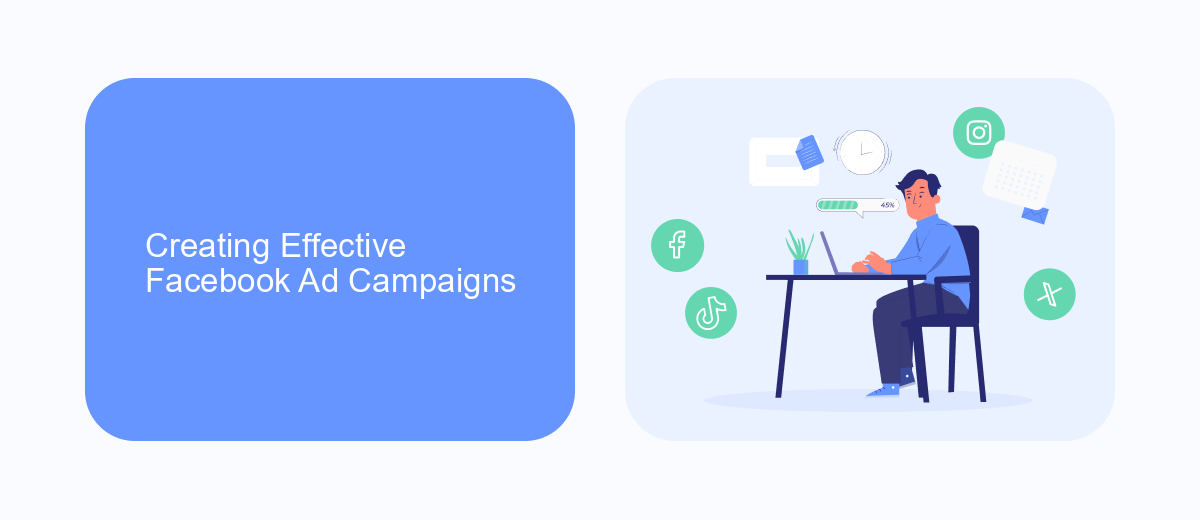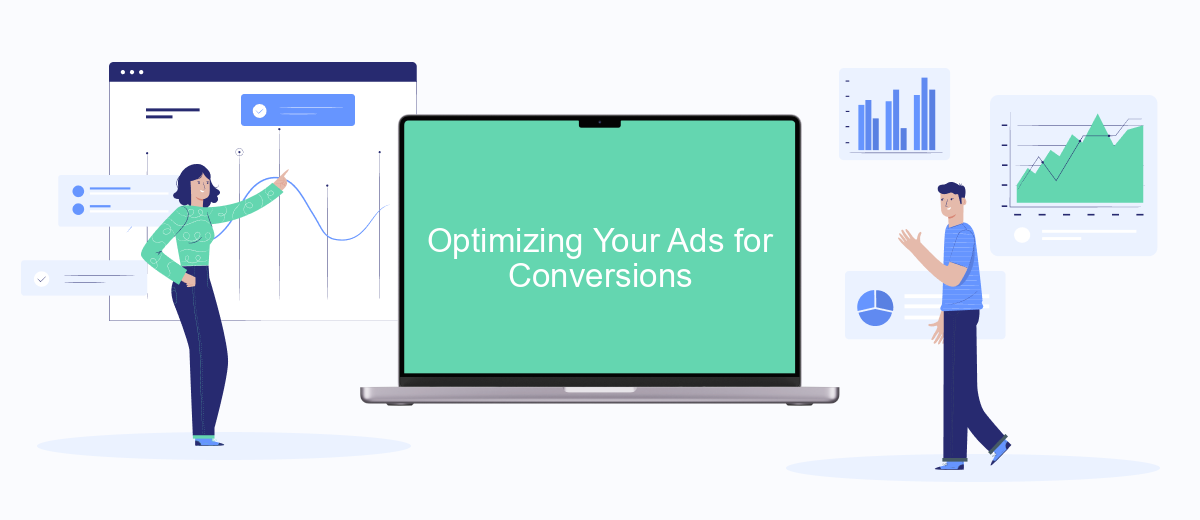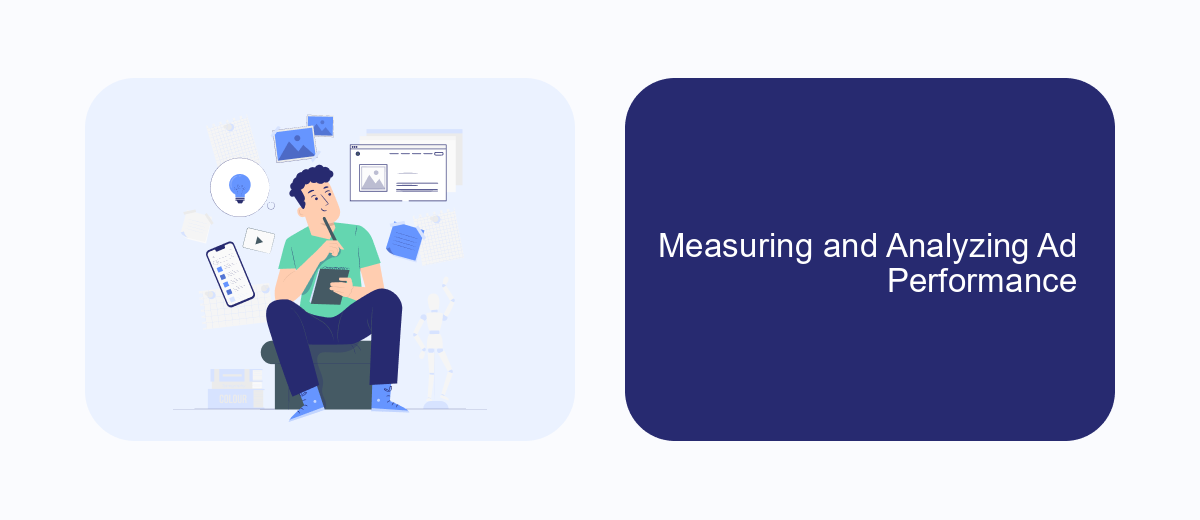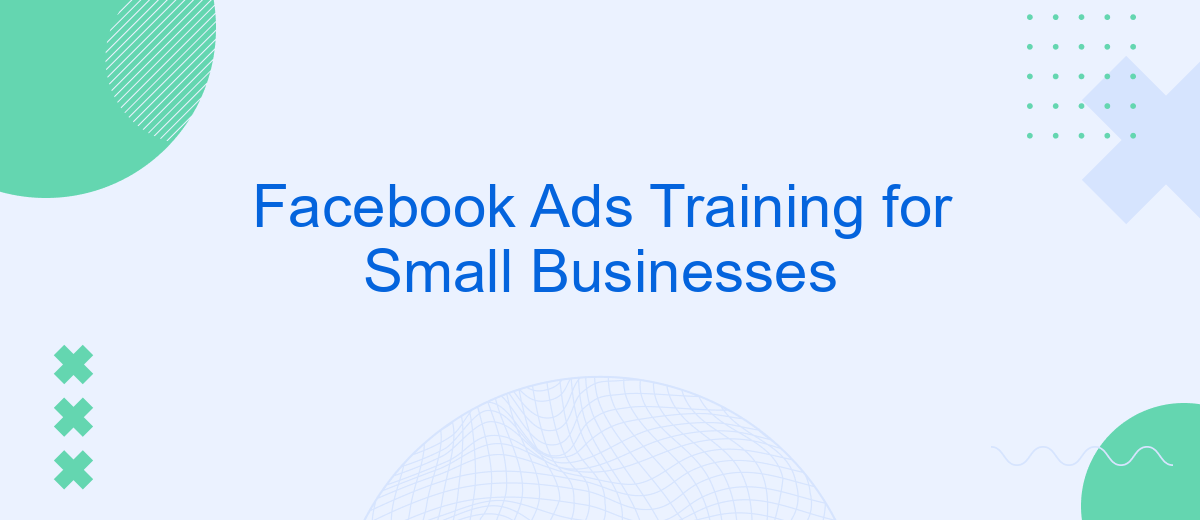In today's digital age, small businesses must leverage online platforms to stay competitive and reach their target audience effectively. Facebook Ads offer a powerful tool for achieving these goals, providing cost-effective advertising solutions tailored to specific demographics. This article explores essential training strategies for small business owners to harness the full potential of Facebook Ads, driving growth and maximizing return on investment.
Understanding Your Target Audience and Setting Objectives
Understanding your target audience is crucial for the success of your Facebook Ads campaigns. By identifying who your ideal customers are, you can tailor your ads to meet their specific needs and preferences, increasing the likelihood of engagement and conversions. Start by analyzing demographic data, interests, and behaviors to create a detailed customer profile.
- Conduct surveys and interviews to gather insights directly from your audience.
- Use Facebook Audience Insights to explore demographics and interests.
- Analyze competitors to understand their target audience and strategies.
- Create buyer personas to visualize your ideal customers.
Once you have a clear understanding of your audience, setting objectives for your Facebook Ads becomes more straightforward. Objectives should align with your overall business goals, whether it's increasing brand awareness, driving website traffic, or generating leads. By setting specific, measurable, achievable, relevant, and time-bound (SMART) objectives, you can ensure that your ads are purpose-driven and trackable, allowing for continuous improvement and optimization.
Creating Effective Facebook Ad Campaigns

Creating effective Facebook ad campaigns starts with a clear understanding of your target audience. Define your audience by considering factors such as age, gender, location, interests, and online behavior. Utilize Facebook's Audience Insights tool to refine your audience further and ensure your ads reach the right people. Craft compelling ad copy and visuals that resonate with your audience, using language and imagery that align with their preferences and needs. Remember, a strong call-to-action (CTA) is essential to guide users towards your desired outcome, whether it's visiting your website, signing up for a newsletter, or making a purchase.
Once your campaign is live, monitor its performance regularly to make necessary adjustments. Use Facebook's Ads Manager to track key metrics like click-through rates, conversion rates, and return on ad spend. If you find that certain ads are underperforming, consider tweaking the ad copy, visuals, or targeting parameters. For businesses looking to streamline their lead generation process, integrating Facebook Ads with services like SaveMyLeads can automate the transfer of leads to your CRM, ensuring you never miss a potential customer. This integration helps maintain a seamless workflow, allowing you to focus on optimizing and scaling your campaigns effectively.
Optimizing Your Ads for Conversions

Optimizing your Facebook ads for conversions is crucial to ensuring that your advertising budget is well spent. Start by clearly defining your conversion goals, whether they are purchases, sign-ups, or downloads. Understanding what you want to achieve will help you tailor your ad content and target audience effectively. Utilize Facebook's conversion tracking tools to monitor how well your ads are performing in relation to these goals.
- Identify your target audience accurately using Facebook's detailed targeting options. Consider demographics, interests, and behaviors that align with your product or service.
- Create compelling ad creatives that resonate with your audience. Use high-quality images or videos and persuasive copy to capture attention.
- Test different ad variations to see what works best. Implement A/B testing to compare different headlines, images, and calls to action.
- Utilize Facebook's Lookalike Audiences to reach new people who are similar to your existing customers.
- Regularly review your ad performance metrics and adjust your strategy accordingly. Focus on metrics like click-through rates, conversion rates, and return on ad spend.
By continuously analyzing and tweaking your ads, you can improve their effectiveness and increase your return on investment. Remember, optimization is an ongoing process that requires attention and adaptation to changing audience behaviors and preferences.
Measuring and Analyzing Ad Performance

Understanding the performance of your Facebook ads is crucial for optimizing your advertising strategy and maximizing your return on investment. By measuring the effectiveness of your ads, you can identify what works best for your target audience and make informed decisions to improve future campaigns.
To effectively analyze ad performance, it’s important to focus on key metrics that align with your business goals. Metrics such as reach, engagement, click-through rate, and conversion rate provide valuable insights into how well your ads are resonating with your audience. Evaluating these metrics regularly helps you adjust your strategies and allocate your budget more efficiently.
- Reach: The number of unique users who have seen your ad.
- Engagement: The total interactions, including likes, shares, and comments.
- Click-through Rate (CTR): The percentage of users who clicked on your ad after seeing it.
- Conversion Rate: The percentage of users who completed a desired action, like making a purchase.
Regularly reviewing these metrics allows you to identify trends and patterns, helping you refine your ad content and targeting. This continuous process of measuring and analyzing ensures your Facebook advertising efforts are both effective and efficient, ultimately driving better results for your small business.


Budgeting and Scaling Your Facebook Ads
When budgeting for your Facebook Ads, it's crucial to start small and gradually increase your investment as you gather data and insights. Begin by setting a daily or lifetime budget that aligns with your overall marketing goals and financial capacity. Monitor your ad performance closely, focusing on key metrics such as cost per click (CPC) and return on ad spend (ROAS). This careful monitoring will help you identify which ads are delivering the best results, allowing you to allocate more funds to those that perform well. Remember, the goal is to maximize your return while minimizing unnecessary expenses.
As you gain confidence and see positive results, consider scaling your ads to reach a broader audience. This can be achieved by expanding your target demographics or exploring new ad placements within Facebook's ecosystem. Additionally, integrating services like SaveMyLeads can streamline your data management process, automatically transferring leads from your Facebook Ads to your CRM or email marketing platform. By leveraging such tools, you can enhance efficiency and focus more on strategic scaling efforts. Always test different strategies and remain adaptable to changes in your campaign performance to ensure sustainable growth.
FAQ
What is Facebook Ads training for small businesses, and why is it important?
How can small businesses measure the success of their Facebook Ads?
What are some common mistakes small businesses make with Facebook Ads?
How can small businesses automate their Facebook Ads processes?
What budget should a small business allocate for Facebook Ads?
What do you do with the data you get from Facebook lead forms? Do you send them to the manager, add them to mailing services, transfer them to the CRM system, use them to implement feedback? Automate all of these processes with the SaveMyLeads online connector. Create integrations so that new Facebook leads are automatically transferred to instant messengers, mailing services, task managers and other tools. Save yourself and your company's employees from routine work.
